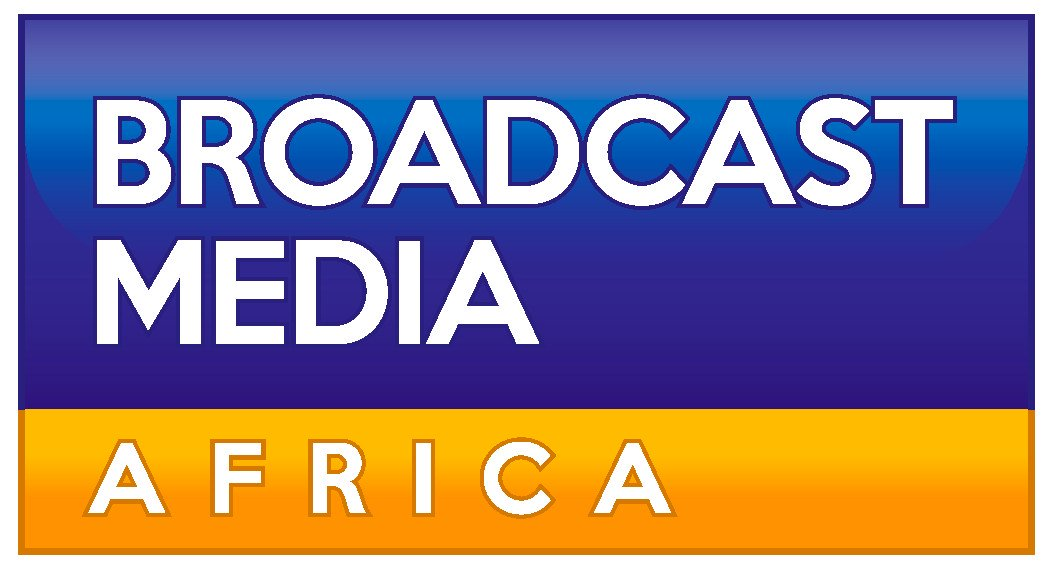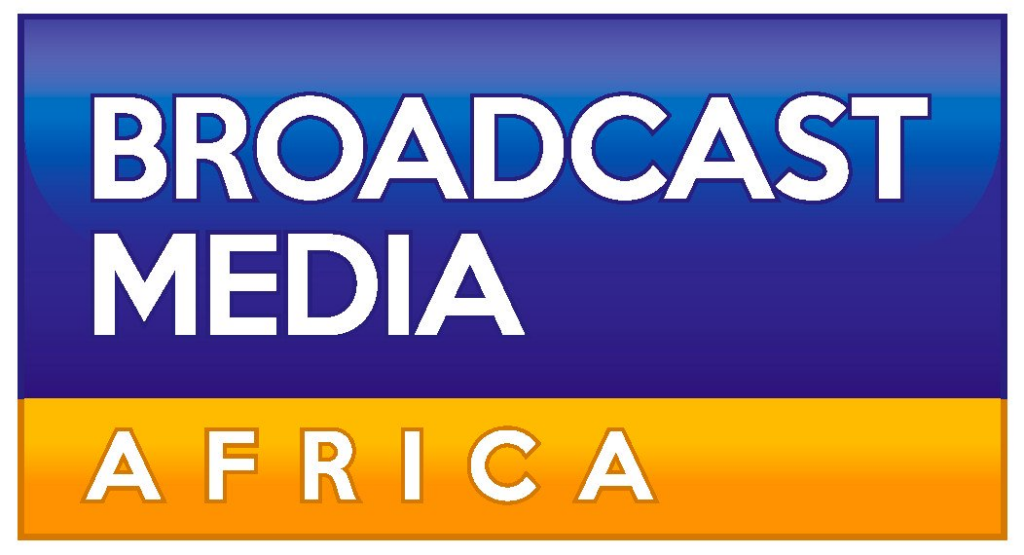
YouTube’s rise on big screens poses significant challenges for traditional television programming.
A recent Nielsen report reveals that YouTube is the most-watched platform on TV, outpacing traditional media and leaving other streaming services behind. This dominance is largely due to Google’s strategic partnerships with television manufacturers, which ensure that YouTube functions smoothly on various devices.
In light of this shift, creators are responding by producing longer videos, adapting to audience preferences and potentially replacing older formats. The increase in content length reflects a broader trend, as many creators recognise that viewers gravitate toward more substantial programming. As traditional media struggles to retain its audience, YouTube’s growing ecosystem of longer videos and podcasts fills the void.
However, despite YouTube’s impressive reach, it faces challenges. Much of its content lacks the polish and production quality found in traditional sitcoms or well-produced shows. While shorts and quick content maintain popularity, they seem misplaced when watched on larger screens. Creators are taking notice of viewer habits, with many now experimenting with more complex formats to meet the growing demand for engaging, lengthier content.
April’s viewing statistics indicate that YouTube surpasses Disney by 1.7%, with Netflix trailing behind. This suggests that user-generated content is thriving and becoming a cornerstone of TV entertainment. As creators step up production values and extend video lengths, YouTube could solidify its status as a prime destination for TV viewing.
However, the dominance of one platform can stifle competition, which is crucial for a healthy media landscape. If YouTube continues consolidating power, it may prioritise corporate interests over individual creators, potentially undermining the diversity that currently characterises its content. The future of streaming media hinges on maintaining a competitive market, making this ongoing evolution worth watching.


















